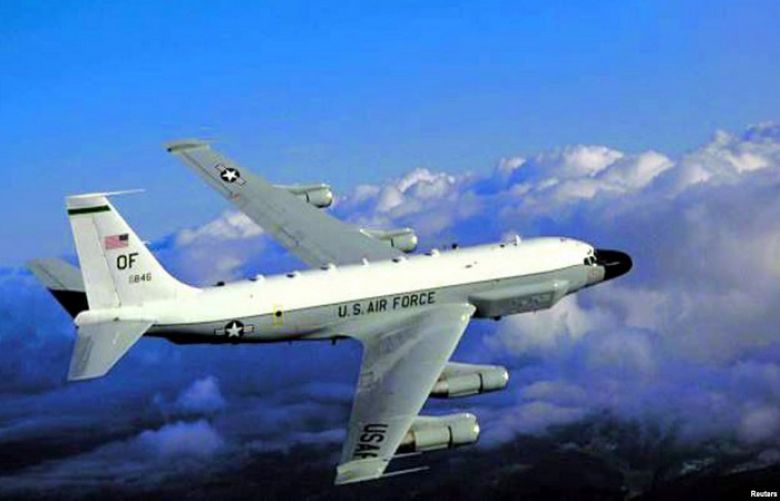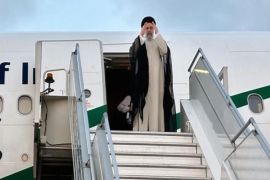A Russian Su-27 fighter jet flew within five feet of a US Air Force RC-135 reconnaissance aircraft on Monday over the Baltic Sea, according to a US official, an encounter that was assessed to be "unsafe." The Russian plane was armed and flew "erratically," the official added, noting that the maneuvers were deemed unsafe due in part to the proximity of the aircraft.
Fox News was first to report the incident. "Due to the high rate of closure speed and poor control of the (Russian) aircraft during the intercept, this interaction was determined to be unsafe," she said.
Russia disputed claims that its aircraft was at fault during the encounter and said it intercepted two US reconnaissance aircraft as they "approached the Russian state border."
"When being accompanied, the RC-135 plane made an attempt at approaching the Russian fighter jet making a provocative turn towards it," the ministry said via TASS.Then, 10 minutes later, a second US RC-135 entered the zone and was also intercepted by the Russian Su-27 jet, the ministry said.
The military has been sending A-10 "tankbuster" jets to air bases of allied countries in Europe.
The military has been sending A-10 "tankbuster" jets to air bases of allied countries in Europe.
The F-22 Raptor is the Air Force's most-advanced aircraft. The Raptor's sophisticated aero design, advanced flight controls, thrust vectoring, and high thrust-to-weight ratio provide the capability to outmaneuver all current and projected aircraft.
The F-22 Raptor is the Air Force's most-advanced aircraft. The Raptor's sophisticated aero design, advanced flight controls, thrust vectoring, and high thrust-to-weight ratio provide the capability to outmaneuver all current and projected aircraft.
There have been more than 30 interactions between Russian and US aircraft and ships near the Baltic Sea since the beginning of June, a US official told CNN. The vast majority of these encounters have been safe and professional, the official added -- a point that adds to the significance of Monday's incident.
"Russia is certainly within its right to exercise within international airspace, but we want them to respect international standards for safety to prevent accidents," said US Navy spokesperson Capt. Jeff Davis.
"The vast majority of interactions we have, intercepts that occur when we fly and that are intercepted by the Russians are safe. This is an exception, not the norm, but we were again operating in international airspace and did nothing to provoke," Davis said.
This latest intercept also occurred amid rising tensions between the two nations in Europe and the Middle East.
On Monday, Russia warned that US aircraft operating in specific regions in Syria would be considered "air targets" for its forces after a US Navy jet shot down a pro-regime fighter jet.
While both the US and Russia say their forces are in Syria to fight ISIS, Russia has allied itself with the regime of Syrian President Bahsar al-Assad while the US-led coalition has aligned with groups that oppose both the Assad regime and ISIS.
Earlier this month, the US Air Force deployed long-range B-52 bombers and 800 airmen to the United Kingdom in support of joint exercises with NATO allies and partners across Europe.
Those exercises have primarily taken place in the Baltic Sea, the Arctic and along Russia's border with several NATO partners.
Over the weekend over 1,000 US and NATO troops conducted a defensive drill in the Suwalki Gap in the border area between Poland and Lithuania. That area is seen by most experts as a likely Russian target in the event of a NATO-Russia military confrontation.







